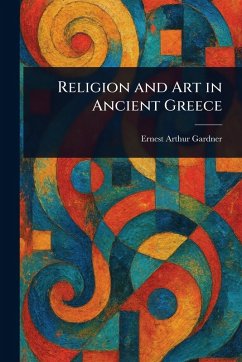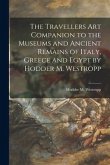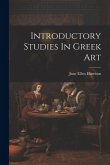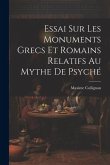Explore the fascinating intersection of faith and artistry in "Religion and Art in Ancient Greece" by Ernest Arthur Gardner. This meticulously researched work delves into the religious landscape of ancient Greece, examining how its beliefs and practices shaped the magnificent art and architecture of the era. From iconic sculptures to grand temples, Gardner illuminates the profound connection between Greek religion and its visible expression in classical art. Uncover the myths, rituals, and deities that inspired some of the most enduring artistic creations in history. This book offers valuable insights into the spiritual life of ancient Greece, providing a rich understanding of its cultural heritage. A key resource for students and enthusiasts of art history, religious studies, and ancient Greek civilization, "Religion and Art in Ancient Greece" offers a timeless exploration of a world where the sacred and the aesthetic were inextricably intertwined. This work has been selected by scholars as being culturally important, and is part of the knowledge base of civilization as we know it. This work is in the public domain in the United States of America, and possibly other nations. Within the United States, you may freely copy and distribute this work, as no entity (individual or corporate) has a copyright on the body of the work. Scholars believe, and we concur, that this work is important enough to be preserved, reproduced, and made generally available to the public. We appreciate your support of the preservation process, and thank you for being an important part of keeping this knowledge alive and relevant.
Bitte wählen Sie Ihr Anliegen aus.
Rechnungen
Retourenschein anfordern
Bestellstatus
Storno









